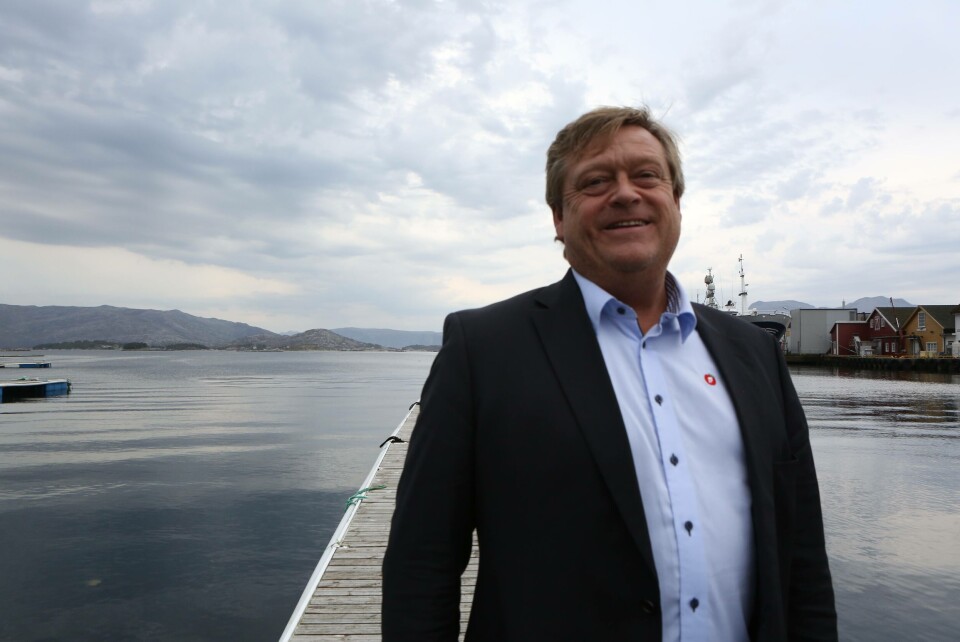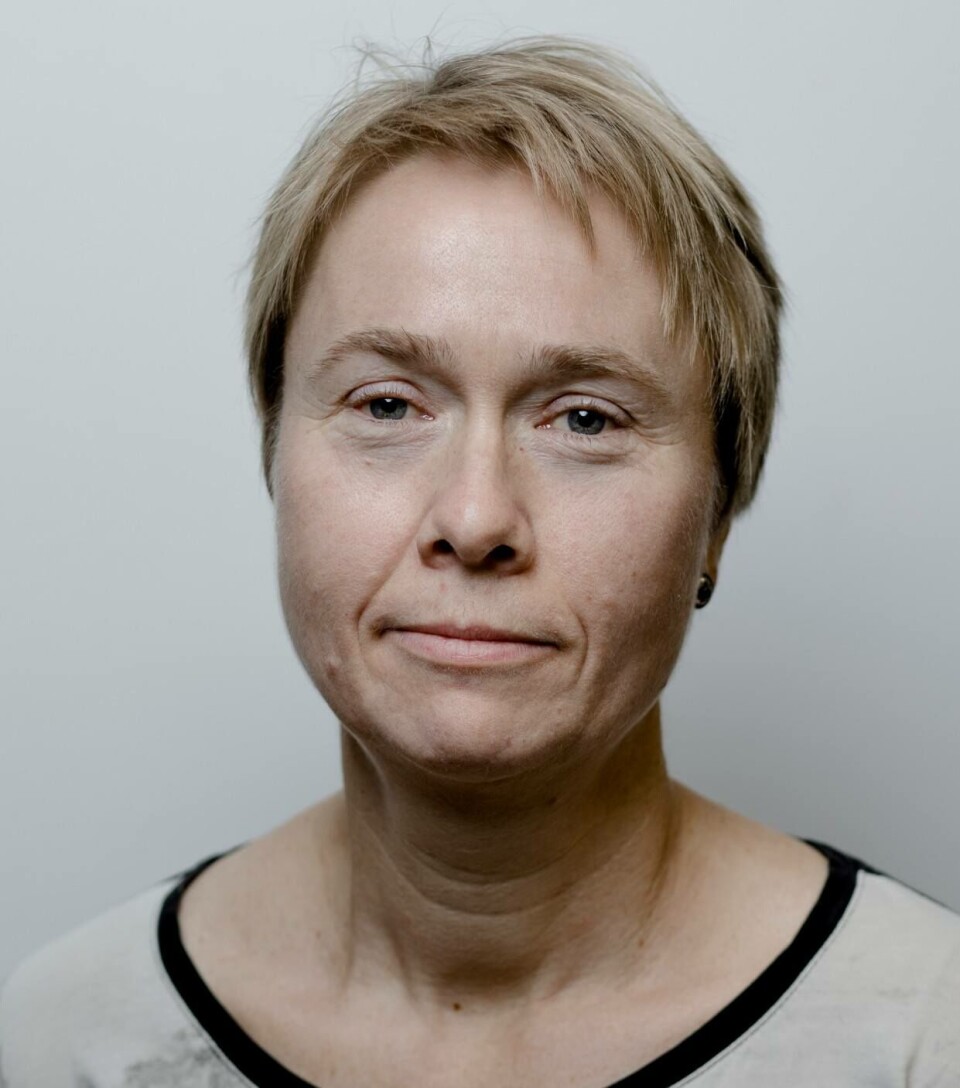
Norway proposes ban on tarpaulin bath treatments
Norwegian fisheries minister Harald Nesvik is proposing to ban the release of delousing agents at fish farms, effectively outlawing the use of tarpaulin bath treatments.
The move follows surprising and controversial early findings in one scientific study that hydrogen peroxide, regarded as the least environmentally harmful of the chemicals used to kill sea lice, can damage shrimp stocks.
“It is important that we have a precautionary approach. We see that there are several challenges associated with the use of hydrogen peroxide and lice treatment. Until we have more knowledge in place, we propose that it is forbidden to release delousing agents at fish farms,” said Nesvik in a press release from the Ministry of Food and Fisheries (NFD).
Use only in a wellboat
The NFD will shortly submit a proposal for interim measures that will mean that medicines for bath treatments for lice can only be carried out in a wellboat, not in a tarpaulin.
The temporary prohibition will apply to treatment in and in connection with farms located in shrimp or spawning grounds, or fewer than 500 metres from such areas. The water used for lice treatment must be transported away from the farm site.
Nesvik met the aquaculture industry last week. The theme of the meeting was the use of wellboats and treatments in the pens at farms.
Sustainable growth
“The government wishes to facilitate sustainable growth in the aquaculture industry. There will always be a certain need to use drugs in farming, but we should not have a use that gives unacceptable effects on the environment,” said Nesvik, whose previous job was as media spokesman for wellboat operator, Sølvtrans.
Hydrogen peroxide is regarded as the greenest lice treatment because it is quickly diluted in the sea after use in fish farms and can break down into water and oxygen within a very short time, depending on conditions.
But an on-going study by Renée Bechmann and colleagues at the International Research Institute of Stavanger (IRIS) showed that half of the deep-water shrimp Pandalus borealis that were exposed to a low concentration of hydrogen peroxide for two hours died within three days.
The scientists, who used a concentration of the chemical 100 times smaller than that used in de-lousing operations, have called for the use of chemical to be stopped following the results which they say surprised them.

Unpublished research
Guldborg Søvik, a shrimp expert with Norway’s Institute of Marine Research (IMR), said the results were worrying but pointed out that it was not always easy to transfer results from the laboratory to real-life situations, where there are variables such as current and dispersion to be taken into account.
IRIS has also been criticised for demanding a halt to the use of hydrogen peroxide on the basis on unpublished research.
A critic of the study, Chemco biologist Jan Rune Nordhagen, has also pointed out that Bechmann has long argued that salmon farming should take place in closed plants, even before she saw the results of her own research, and asked: “Can the conclusions be influenced by her attitude towards farming?”
A 2016 risk assessment by the IMR of the use of hydrogen peroxide pointed out that since vertical transport of water to deeper levels of fjords is rare, there was little risk to deep-water shrimp, although Norwegian shrimp fishermen have blamed the use of de-lousing chemicals for falling catches.























































